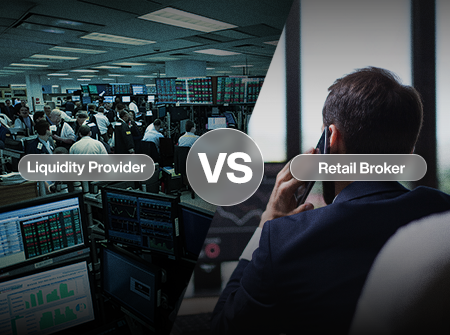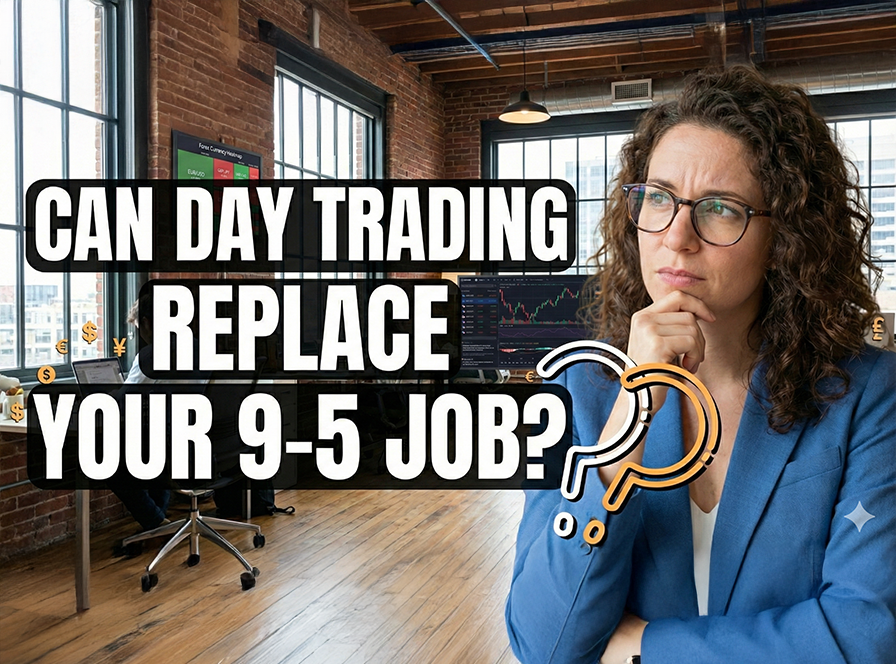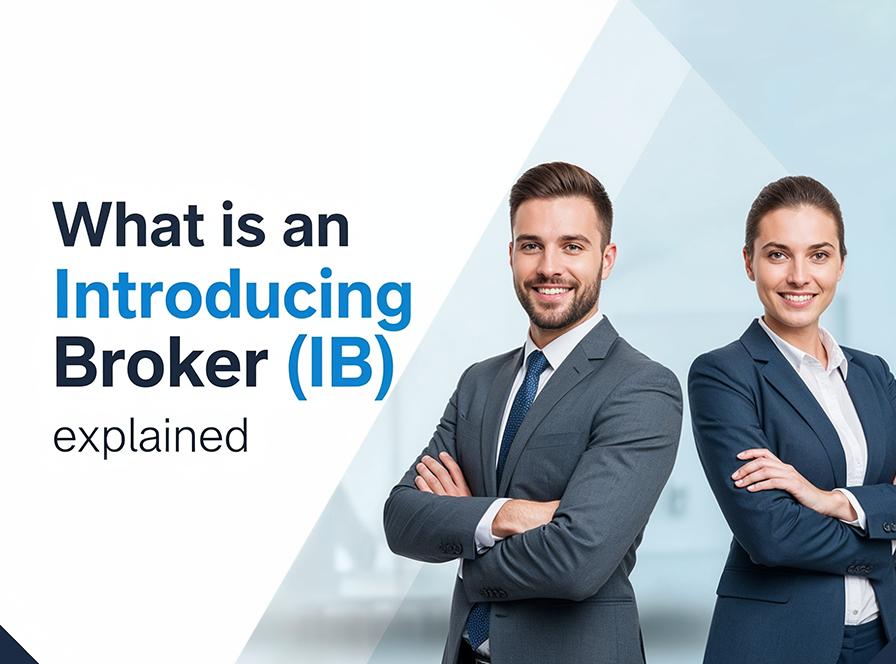- What is a Liquidity Provider (LP)?
- What is a Retail Forex Broker?
- Liquidity Provider vs Retail Broker – Key Differences
- Comparison Table
- Why Do IBs Prefer Retail Brokers?
- Which is Better?
- Frequently Asked Questions
- Conclusion
What is a Liquidity Provider (LP)?
A Liquidity Provider (LP) is an institutional broker that connects directly to the interbank market. Their role is to provide deep liquidity and raw pricing for large-scale traders such as banks, hedge funds, and prop firms.
Key Features of Liquidity Providers
- Raw Spreads: As low as 0.0 pips
- Leverage: Limited to a maximum of 1:200
- No Promotions: LPs do not offer bonuses or rewards
- High Capital Requirement: Large deposits needed to trade
- Target Audience: Institutional and professional traders
What is a Retail Forex Broker?
A Retail Forex Broker adapts the forex market for individual traders. They connect to Liquidity Providers but adjust conditions to make trading more accessible to retail clients.
Key Features of Retail Brokers
- Wider Spreads: Includes markup compared to LP spreads
- High Leverage: Up to 1:3000, easier for small deposits
- Bonuses & Promotions: Welcome bonus, deposit promos, and loyalty rewards
- Referral & IB Programs: Attractive commission and affiliate opportunities
- Low Entry Requirement: Traders can start with as little as $10–$15
Liquidity Provider vs Retail Broker – Key Differences
Spread & Pricing
- LP: Ultra-tight raw spreads from the interbank market
- Retail Broker: Marked up spreads to cover operational costs
Leverage Offered
- LP: Maximum 1:200
- Retail Broker: Up to 1:3000, suitable for small traders
Bonuses & Promotions
- LP: None
- Retail Broker: Yes, including welcome bonuses and loyalty schemes
Referral & IB Programs
- LP: No affiliate programs
- Retail Broker: Structured commission models and revenue sharing
Capital Requirement
- LP: High, due to lower leverage and strict margins
- Retail Broker: Low, can begin trading with small deposits
Accessibility & User Experience
- LP: More technical and professional, less retail-focused
- Retail Broker: Beginner-friendly with faster onboarding
Liquidity Provider vs Retail Broker – Comparison Table
| Feature | Liquidity Provider (LP) | Retail Forex Broker |
|---|---|---|
| Spread | Raw, ultra-tight (0.0 pips) | Marked up, wider spreads |
| Leverage | Up to 1:200 | Up to 1:3000 |
| Bonuses & Promotions | None | Yes (welcome bonus, deposit promos) |
| Referral / IB Program | None | Yes (commission & revenue sharing) |
| Capital Requirement | High – large deposits needed | Low – start from $10–$15 |
| Accessibility | Institutional, less user-friendly | Retail-friendly, easy onboarding |
| Target Audience | Hedge funds, prop firms, pro traders | Beginner & retail traders |
Why Do Introducing Brokers Prefer Retail Brokers?
Introducing Brokers (IBs) rarely promote Liquidity Providers because LPs do not offer referral or commission programs. Retail brokers, however, provide attractive IB structures, making them more appealing for partners to recommend to new traders.
Which is Better – Liquidity Provider or Retail Broker?
The answer depends on your goals as a trader:
- Liquidity Provider: Best for institutions or experienced traders with large capital who want direct access to raw spreads and interbank execution.
- Retail Broker: Best for beginners or small traders who prefer low deposits, high leverage, and bonuses.
Conclusion
Both Liquidity Providers and Retail Forex Brokers play important roles in the forex industry. LPs serve professional traders with direct interbank access, while retail brokers make trading accessible for beginners with small deposits, high leverage, and promotions.
👉 If you are a new trader looking for a balanced option, platforms like EMAR Markets offer competitive spreads, high leverage, and promotional support — making it easier to start your forex journey.
Read next: How to Choose a Safe and Trusted Forex Broker (2025 Guide)




